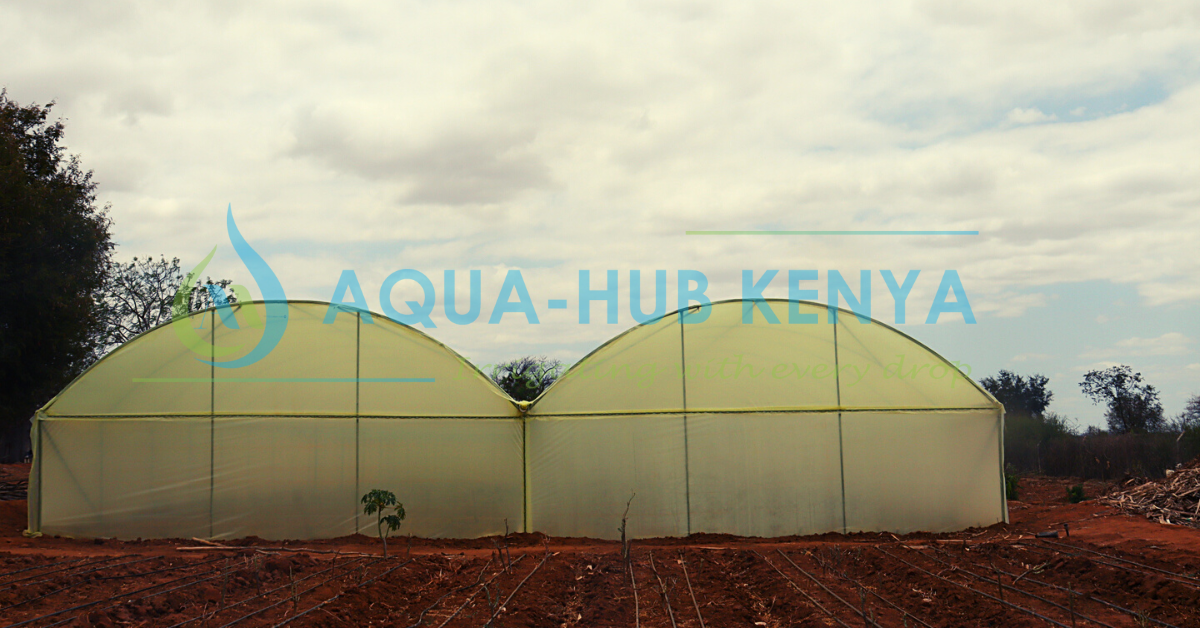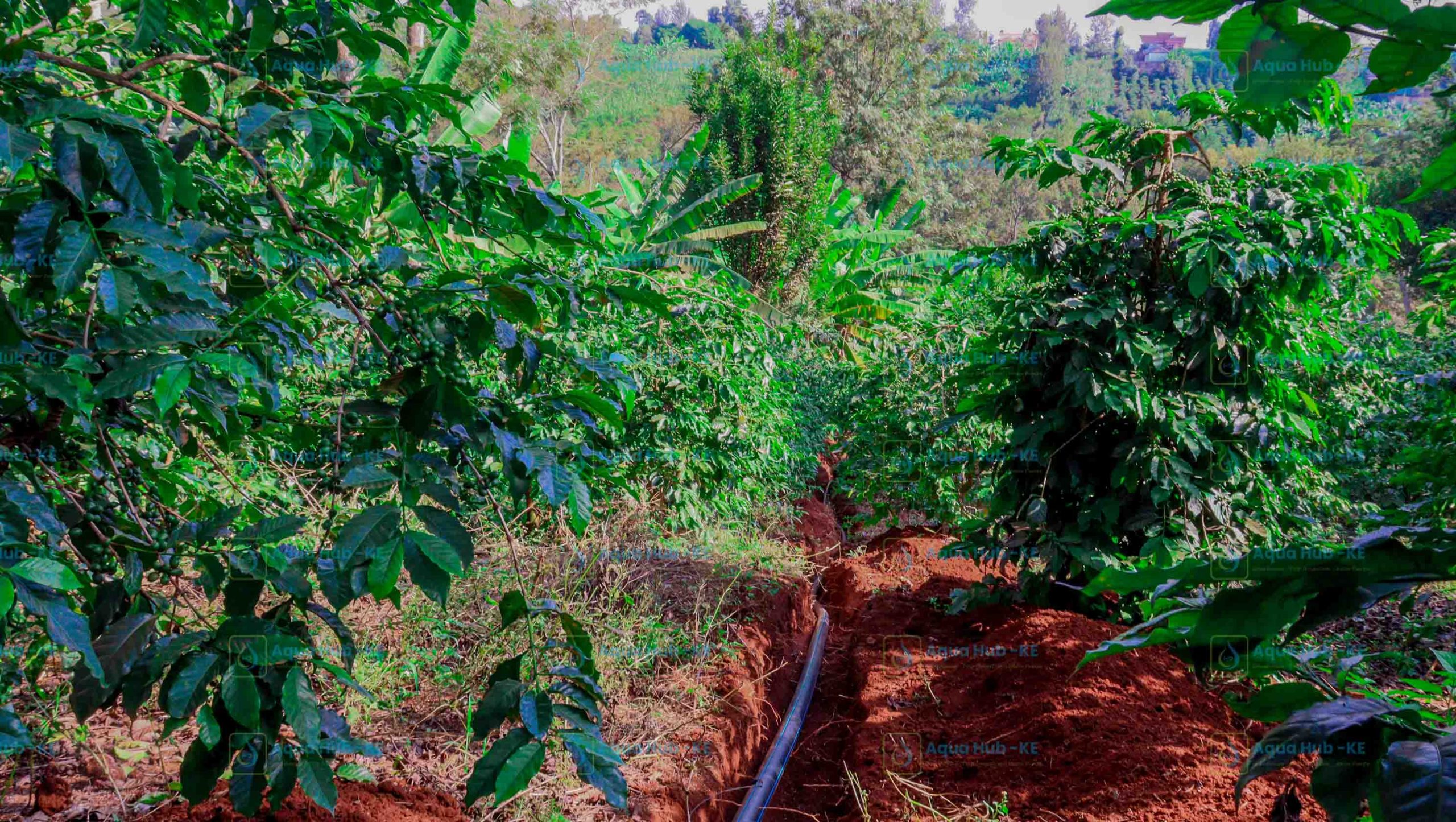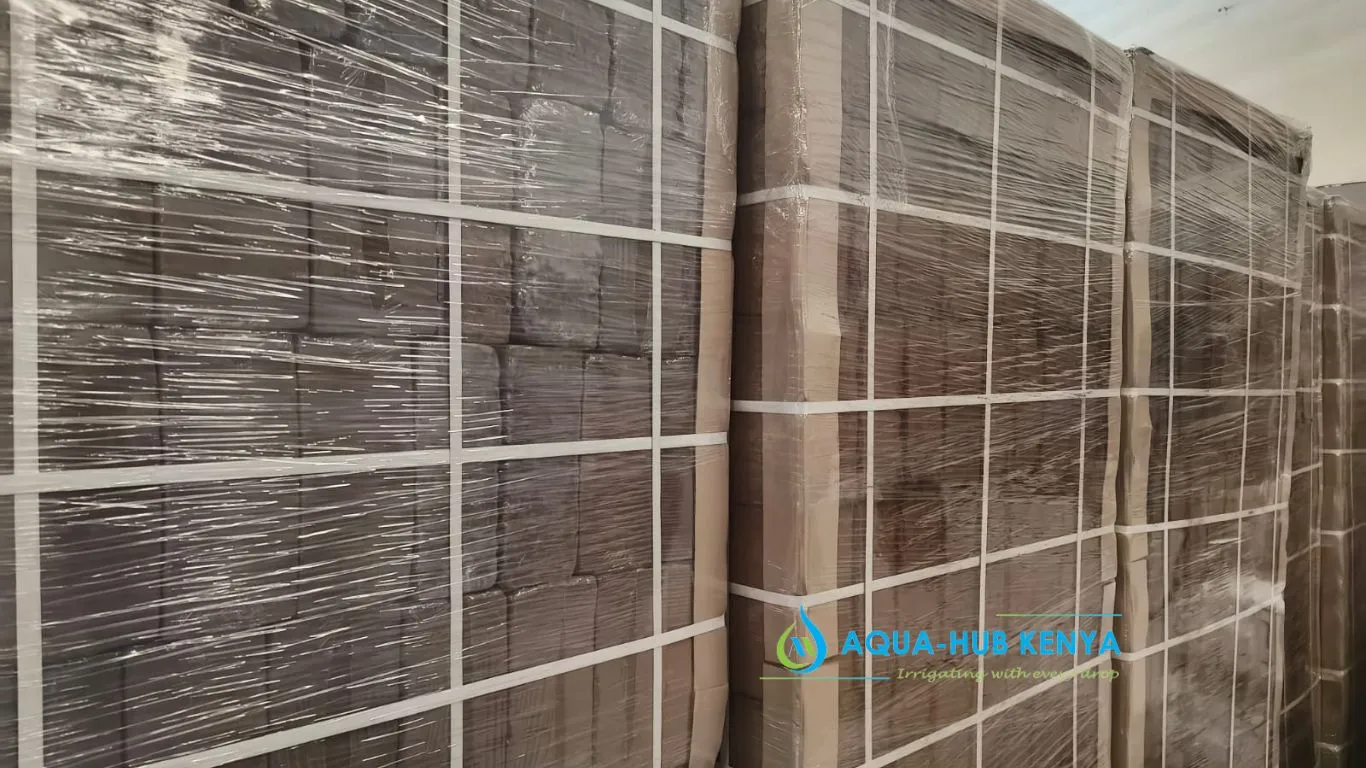Greenhouse farming in Kenya profits might be quite high if the right measures are taken. In reality, if everything is done properly, greenhouse farming may be highly profitable. The production of Kenya’s crops has significantly increased because of greenhouse farming. Popular greenhouse crops are grown on a modest scale by the majority of Kenyan farmers in greenhouses. To quickly produce money, crops might be grown in a greenhouse in Kenya. When growing plants in a greenhouse, it is easier to use good agronomic techniques, and the cost of production is decreased. The greenhouse might bring in up to Ksh 500,000 in profit for you.
Why greenhouse farming in Kenya?
Greenhouse has a lot of advantages. When the proper irrigation system is employed, it is much easier to maintain the temperature in a greenhouse and considerably less water is required. Drip irrigation is used by the majority of farmers in Kenya for their greenhouses. Extra nutrients increase weed development at the expense of tomato growth in a tomato field.
This results in hollow tomatoes that rot fast, as well as smaller, lighter fruits. Farmers are encouraged to utilize drip irrigation technology and liquid fertilizers to prevent overfeeding their tomatoes. Tomatoes are a popular meal that is constantly in great demand. While outdoor-grown tomatoes take at least three months to mature, greenhouse-grown tomatoes take months.
Profitability of greenhouse farming
Indeterminate hybrids of tomatoes, capsicum, cucumber, coriander, sweet melon, saffrons, strawberries, and Karella are the most profitable greenhouse crops. The majority of Kenyan farmers that grow horticulture commodities like tomatoes, onions, and capsicum have been successful in turning their businesses into overnight millionaire firms. Fresh tomato prices per kilo range between Ksh. Ksh and 100. 200, although only one tomato plant may produce anywhere from 16 to 20 kg. The crop may thus earn roughly Ksh 4,000 per square meter as a consequence. A typical greenhouse may make roughly Ksh 500,000 from a single harvest in light of this.
Things to take into account when starting a greenhouse farm
The greenhouse’s intended usage
You must first comprehend the greenhouse’s purpose. You must decide if you want to sell the produce retail or wholesale. Your company’s goal will affect customer accessibility, seasonality, and growth trends. If you’re building a facility for industrial production, make it a specialized facility that enables you to produce crops in response to potential customer wants.
The plant to be grown
What do you plan to grow, and what are the necessary lighting, temperature, and humidity levels? It is advised that you make a careful selection of the crops you plan to grow. Concentrating on vegetables that are in scarce supply in your region could increase profits. It would be helpful if you can provide fresh vegetables even during the dry seasons because the greenhouse enables you to produce crops regardless of the weather.
Benefits of greenhouse farming
It is much simpler to manage the temperature in a greenhouse and much less water is used when the right irrigation system is used. The majority of farmers in Kenya utilize drip irrigation for their greenhouses. In a tomato farm, extra nutrients encourage weed growth at the price of tomato growth. Resulting in hollow tomatoes that quickly perish, as well as smaller, lighter fruits. To avoid overfeeding their tomatoes, farmers are urged to use drip irrigation technology and liquid fertilizers. A common food that is always in high demand is tomatoes. While tomatoes grown outdoors take at least three months to maturity, those produced in greenhouses take months.




